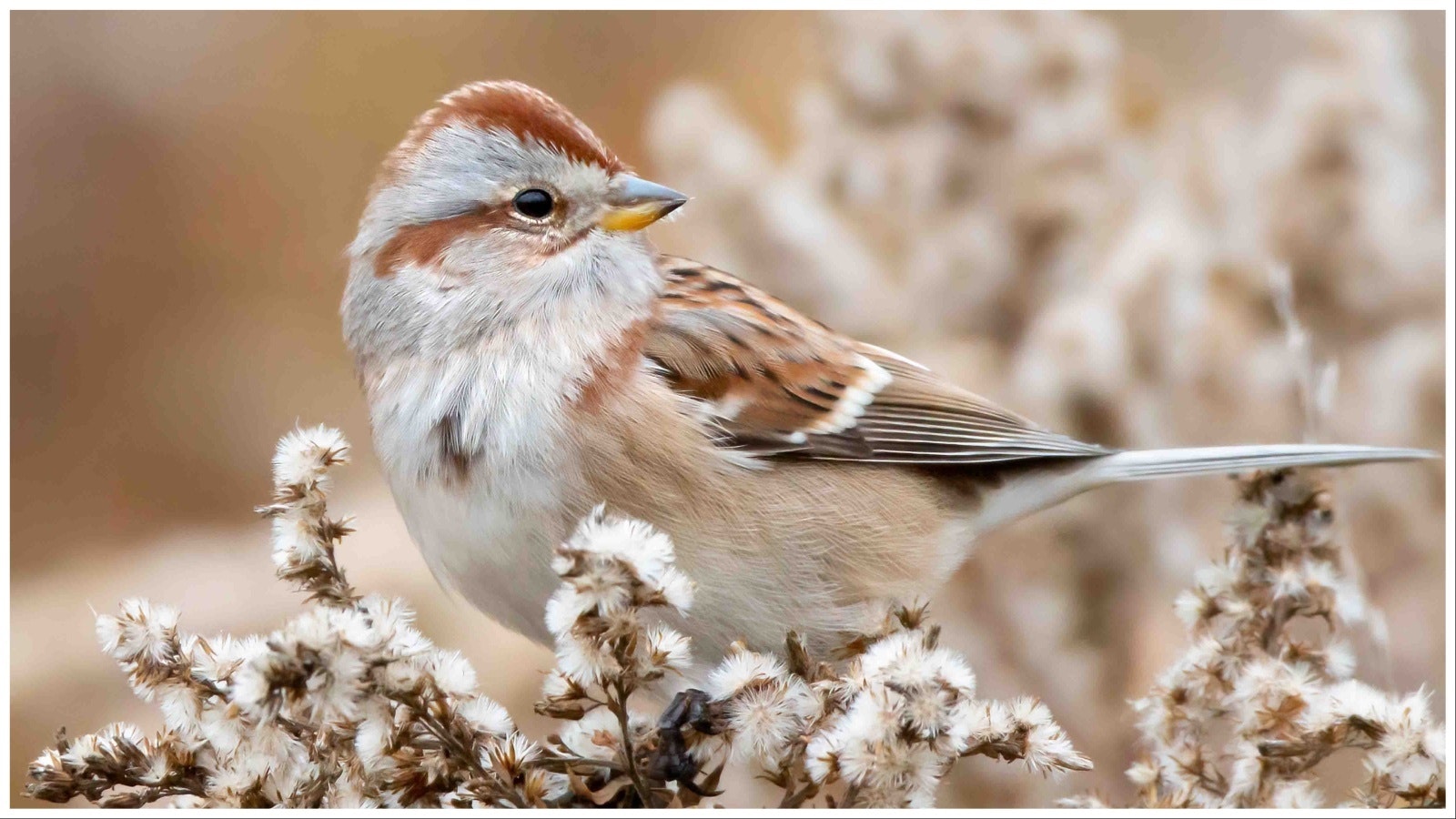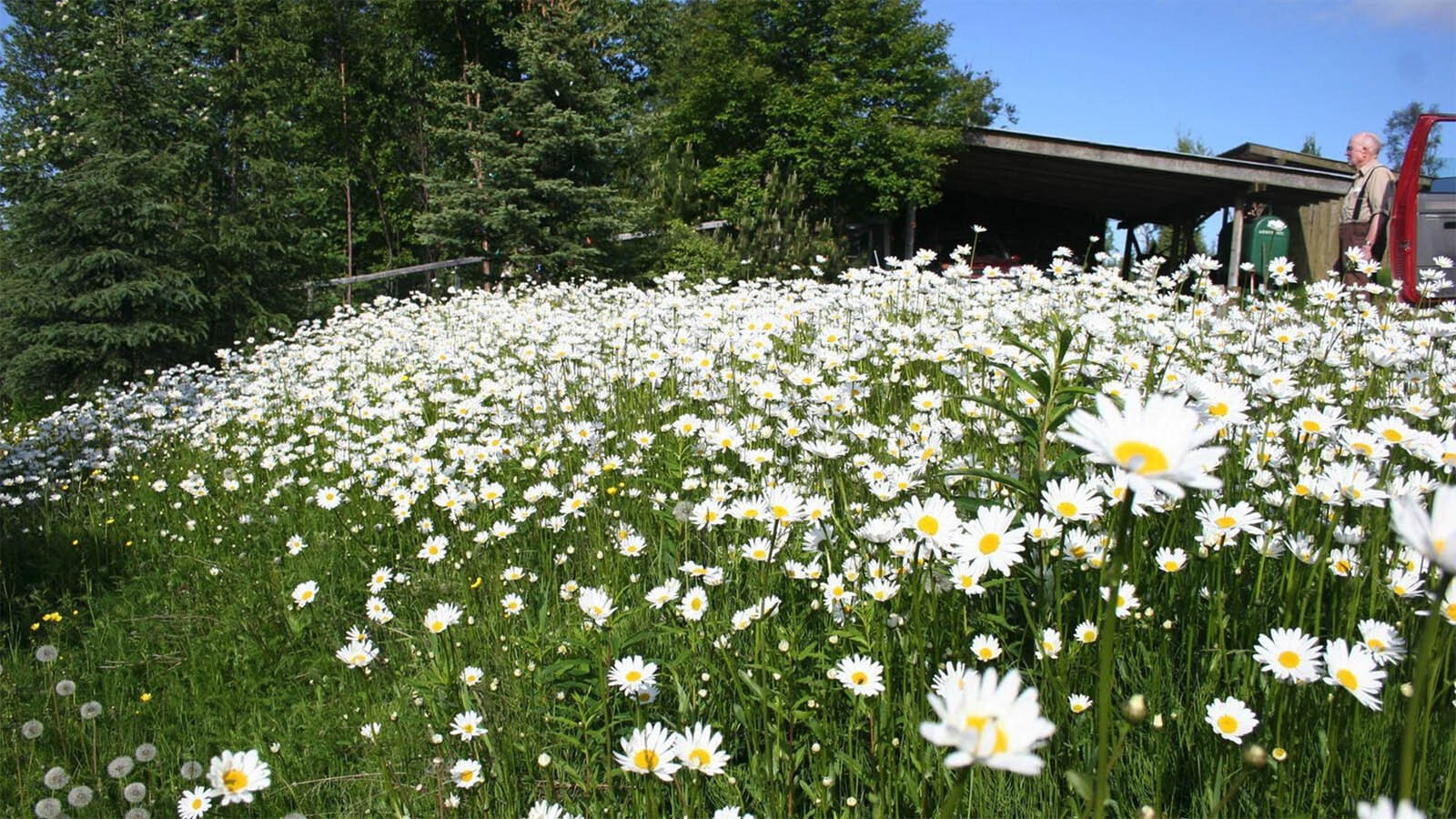Due to this winter’s unseasonably warm temperatures in North America, many reports are surfacing statewide about a drop in the number of arctic birds that travel to Wyoming for the winter.
Meanwhile, western meadowlarks and swallows are sticking around, though birders expected them to go south.
Many North American birds migrate south for the winter. Although Wyoming may hardly seem like a warm weather destination or a place for “snowbirds” to coalesce during the chilly winter months, for many birds that flock here from their subarctic and arctic homes, it is.
Charles Scott is an avid bird watcher and a longtime state legislator from Natrona County. Each year, he and fellow bird connoisseurs participate in the Bates Hole Christmas Count, one of the last remaining rural bird counts in the nation and a tradition that has endured since 1900.
Bates Hole is located about 15 miles southwest of Casper, bounded by U.S. Highway 220 to the north, County Roads 404 and 405 to the west, County Road 402 to the east, and the Natrona County- Carbon County line marking its southernmost boundary.
What’s A Bird Count?
A bird count is like it sounds, a census of birds living in one geographic area. The National Audubon Society hosts Christmas bird counts each year to collect data on which birds are frequenting certain areas and how many.
The Bates Hole count scoured an area of a 15-mile diameter circle on New Year's Day, a reconnaissance that identified 1,678 different birds, an average of 9.5 birds per square mile. Participants also spotted 51 different species of birds, which Scott said was an above-average total.
Scott’s dad founded the Wyoming Audubon and wrote a book titled “A Birder's Guide to Wyoming.” He led the 1949 Bates Hole bird count, which took place during a blizzard.
Scott said he and his fellow Bates Hole birders take their work very seriously and consult with each other at the end of the counting day to make sure they’re not double counting any birds.
“It was a good count,” he said.
The Numbers
Scott said the total number of birds was down a bit from 2023, and a count in nearby Casper produced even lower numbers, showing a decline of about 25% fewer birds from the year before.
During the Bates Hole count, birders spotted only two Rough-legged hawks, which Scott said is far below average. Rough-legged hawks are usually easy to identify as one of the few birds with feathered legs, sporting brown and white feathers across a medium-large wingspan with a black spot on their wings. These hawks spend their summers in the arctic and subarctic regions of Canada and then travel down to the United States for the winter.
Moorcroft resident Jacelyn Downey, education programs manager of the Rockies of the Audubon, said she has been hearing similar reports around the state.
Downey said when arctic birds like Rough-legged hawks can feast on their typical prey of rodents where they’re at, they sometimes have little motivation to travel any further south.
“If the food sources are plentiful or are readily accessible, they don’t need to forage down south,” Downey said.
Anna Chalfoun, an associate professor at the University of Wyoming and a member of the United States Geological Survey Wyoming Cooperative Fish and Wildlife Research Unit, said birds are sensitive to climate extremes and food availability. She said in the West specifically, some birds like chickadees and nuthatches will only travel to lower elevations in response to snow coverage and temperature and their overall ability to forage.
“As we are having a very snow-free winter in the West thus far, I suspect the northern birds are staying north,” she said.
Another arctic bird Scott hasn’t seen as much this year is the American tree sparrow, returning about 50% of its normal winter population in Bates Hole. The tree sparrow breeds in the tundra of northern Alaska and Canada during the summer and then travels to southern Canada and the U.S for the winter.
“The fact that their numbers are down shows it’s been a mild fall,” Scott said.
Haven’t Migrated
Conversely, Scott said there have been some birds spotted that “have no business” sticking around Wyoming during the middle of the winter such as the western meadowlark.
“That would migrate out, and replacements from the arctic would take its place,” Scott said. “They have not come down yet.”
Downey said meadowlarks are usually only found in southeastern Wyoming during the winter.
She also mentioned how swallows have been spotted during this year’s counts in Colorado, an even more startling find considering they feast on fresh insects.
“It’s just strange,” she said. “We’re not used to seeing them in the winter.”
Other Birds
The 2024 Bates Hole count found:
· 22 golden eagles
· 85 sage grouse
· 176 wild turkeys
· 7 bald eagles
· 77 tree sparrows
· 2 rough-legged hawks
· 11 ravens
Scott said the Casper area used to have many more sage grouse but home development removed some of their habitat. He said the species is more abundant in the southwestern region of the state near Evanston.
But he also said the agricultural practice of burning off sage brush has helped the species because it removes old sage lacking in nutrients to feed the grouse.
He also said the Casper area never used to have bluejays but now has a sizable population.
Similarly, he said there never used to be any ravens in Wyoming outside of Teton County and Yellowstone National Park, likely due to hunting.
“There used to be people around that would shoot any big black bird,” Scott explained.
Downey mentioned how a bald eagle was recently spotted in a western part of the state, where it had never been seen before. Due to governmental protections for birds like the raven, bald eagle and the golden eagle, populations of these species have increased, with many documented instances of the birds returning to their natural habitats.
Leo Wolfson can be reached at leo@cowboystatedaily.com.





